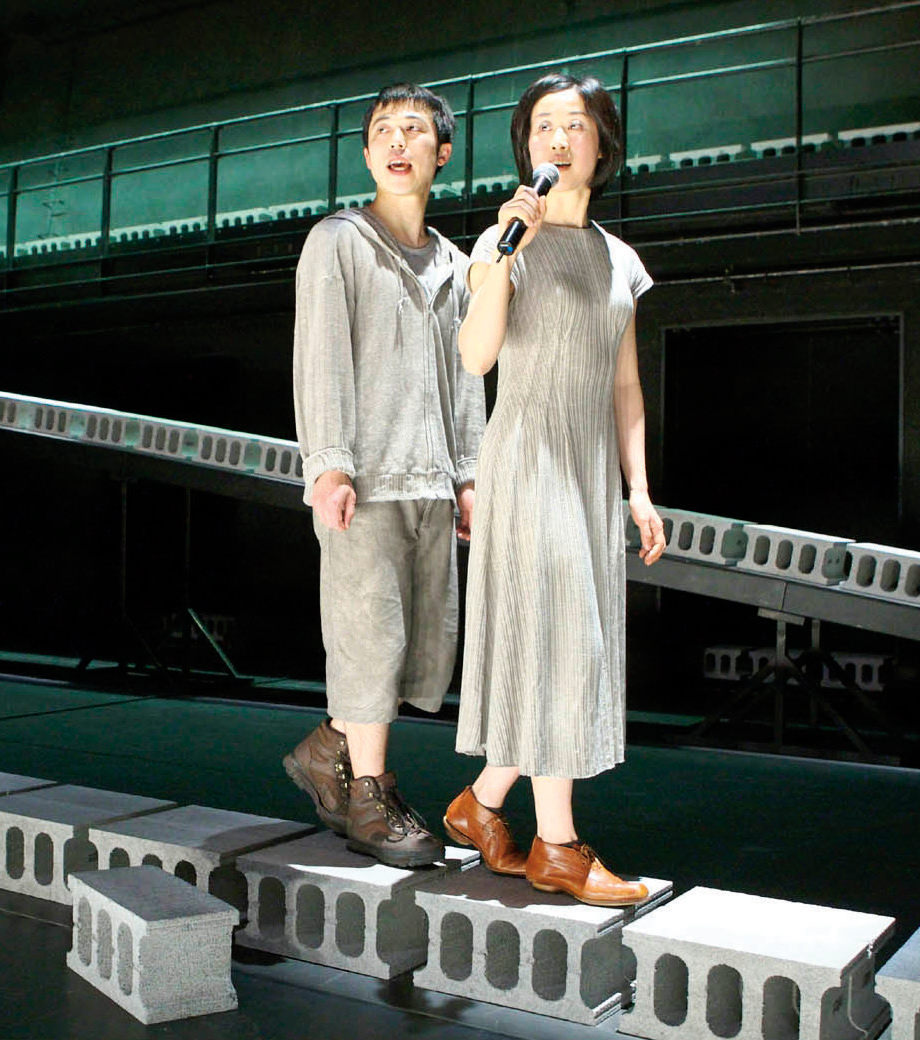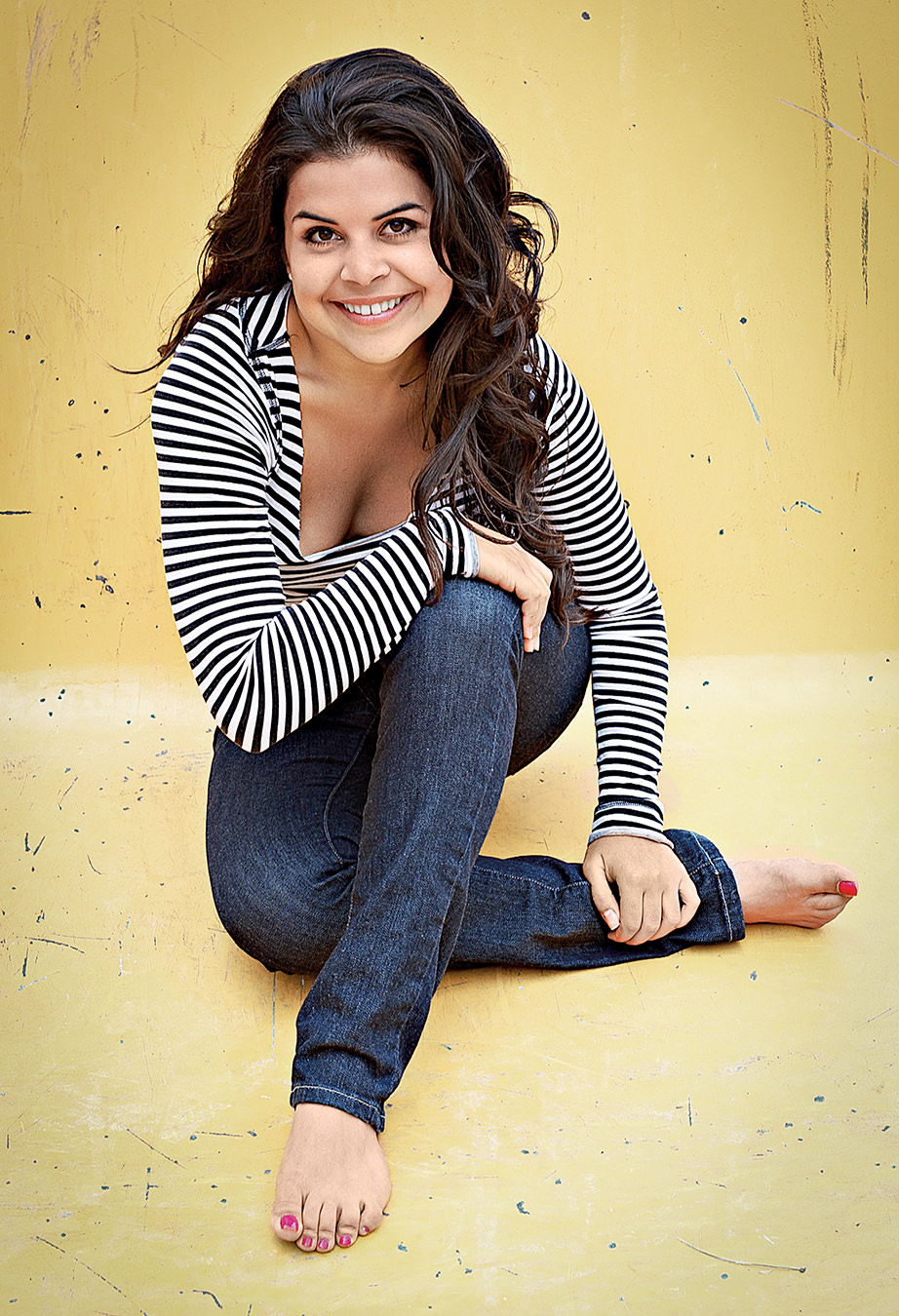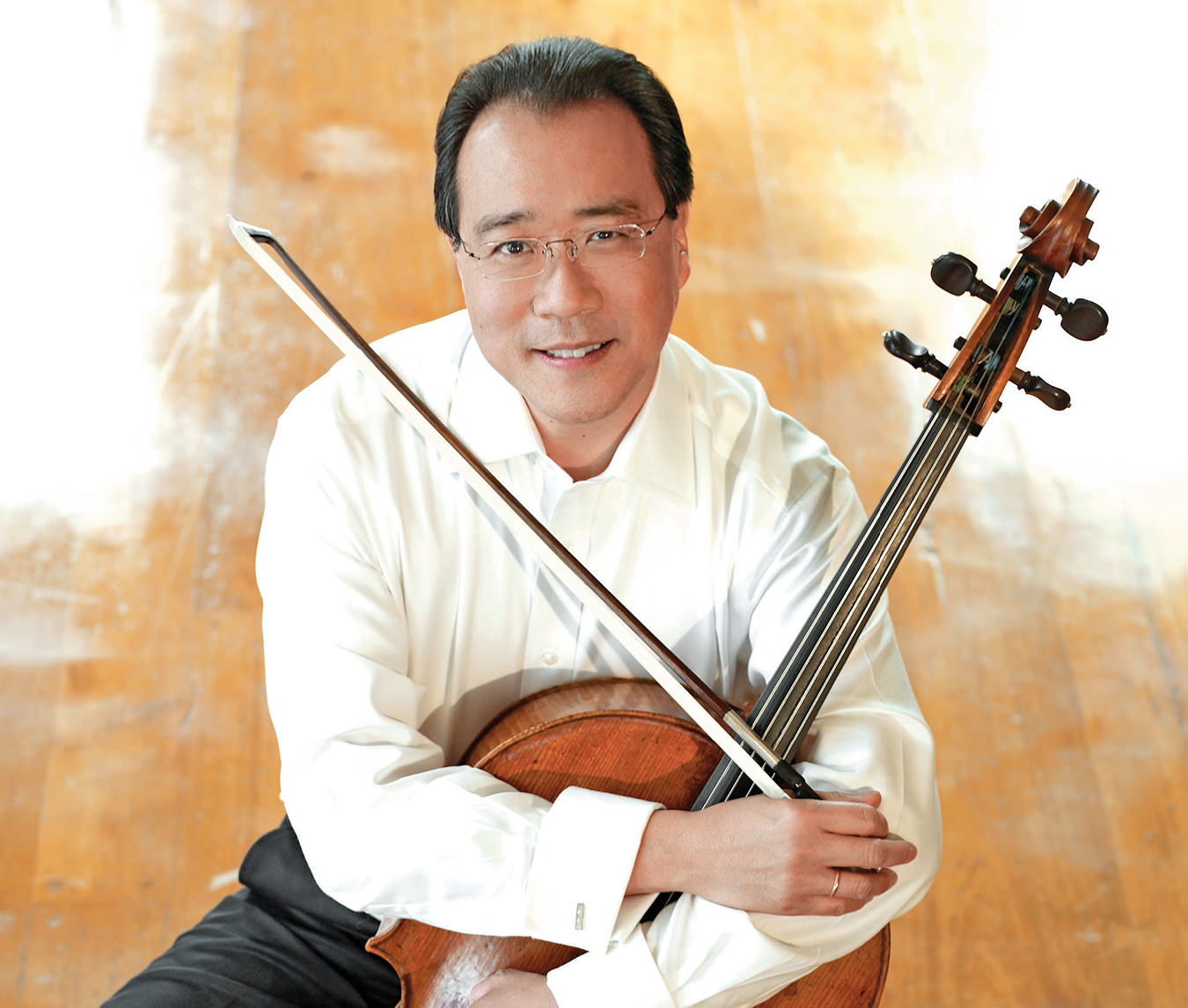Mariinsky II
The new sister.
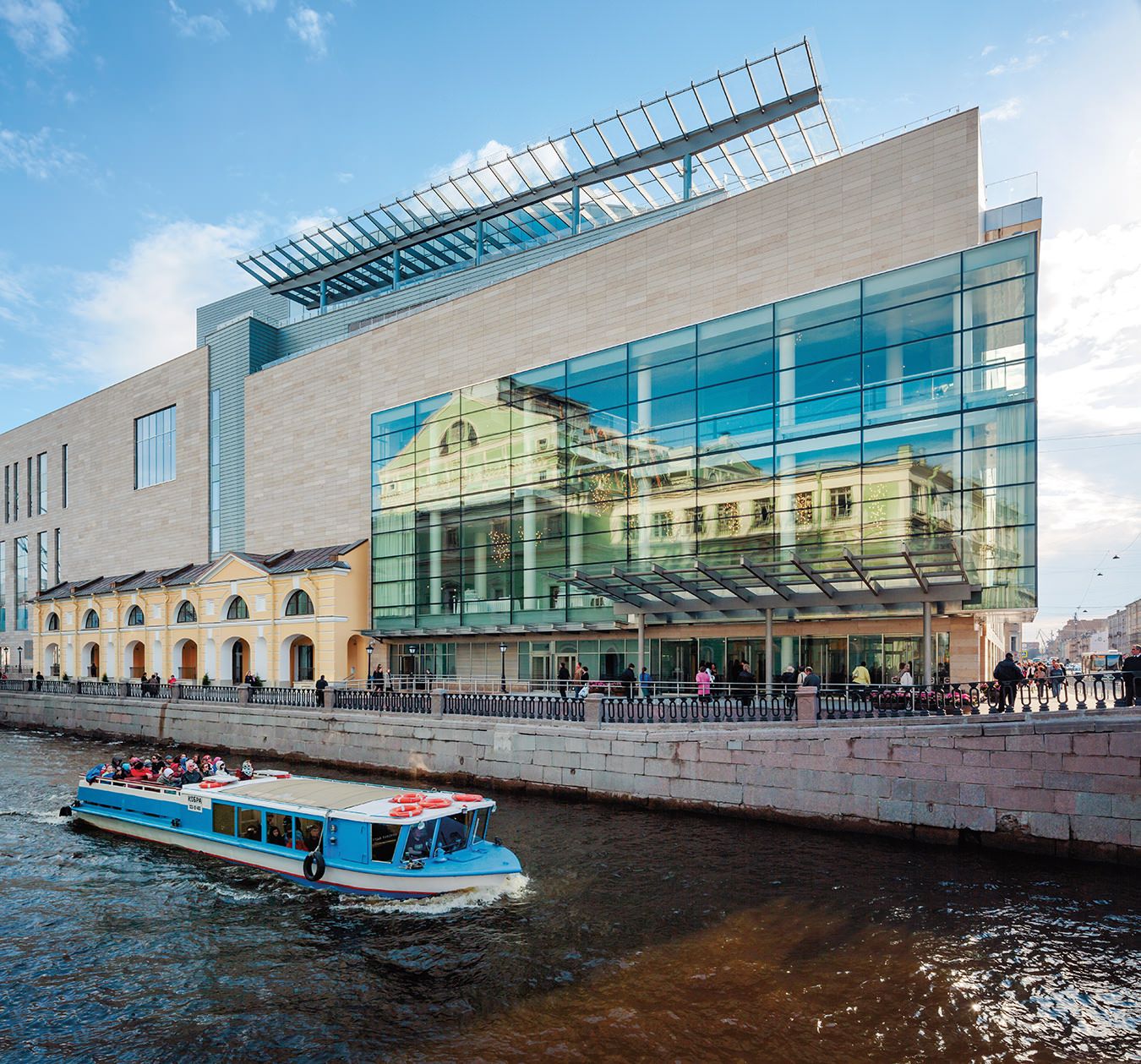
One of the intriguing aspects of the defunct Soviet regime was its special regard for traditional art forms like opera and ballet. The result is that even today, two decades after the collapse of communism, classical Russian culture is still preserved and celebrated as it is nowhere in the West.
That vitality is exemplified by St. Petersburg’s Mariinsky Theatre, the 230-year-old institution that is the beating heart of the country’s classical culture as well as its standard-bearer for the world at large. Its artistic and general director, Valery Gergiev, is a living connection to the theatre’s past, having held the position for 25 years. To mark his quarter-century of service, the Mariinsky has given him a new toy to play with: the Mariinsky II, a new $700-million (U.S.) performance venue that brings the venerable showplace into the new millennium.
The original Mariinsky was built in 1860 by Italo-Russian architect Alberto Cavos, who was also responsible for the theatre’s previous incarnation. At the time of its opening, the building—named for Empress Maria Alexandrovna—boasted one of the largest stages in the world, with an audience of 1,600 arrayed around it in a horseshoe formation that afforded remarkably good sightlines (both to the performers and, just as important, to one’s fellow opera-goers). The Mariinsky’s grand if derivative late baroque façade, painted a signature pale green, quickly made the building a beloved local fixture and an essential landmark of St. Petersburg’s historic city centre.
“There’s obviously a huge sentimental attachment to the old Mariinsky,” says Canadian architect Jack Diamond, “but in fact—and I hesitate to say it—the acoustics are not brilliant, the lobbies are quite small, and worst of all are the back-of-house facilities.” Diamond has had time to reflect on both the glories and the shortcomings of the original venue over the course of the past five years as his firm, Diamond Schmitt Architects, has set about the trying process of bringing the new one to life. Meeting the expectations of St. Petersburgers and giving them a building that felt like an organic part of the city was job number one. The Mariinsky II “is a contributor to the wonderful streetscapes of St. Petersburg, continuous, unbroken, and extensive,” says Diamond.
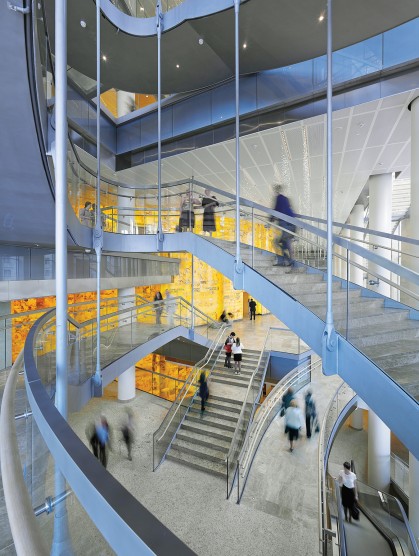
Photo ©Tim Griffith.
From outside, the building does indeed feel like a seamless part of its surroundings—a modern building, certainly, without the decorative touches that are typical of St. Petersburg, but as massive as other buildings in the city, and maintaining the solid street wall typical of the neighbourhood. The great bay window in front of the building’s entranceway atrium reflects the older structure next door—“an image embedded in it,” as Diamond calls it, ensuring a visual connection between the two.
Inside, it’s a whole new ball game. “The old Mariinsky has a firm class distinction between upper balcony lobbies and the main balcony where the czar’s box is placed,” explains Diamond. The new building does away with the upstairs/downstairs dichotomy, giving all the public spaces equal weight and making them visible to each other by way of the atrium. More importantly still are the technical innovations inside the massive main theatre space: U-shaped like its predecessor, the new theatre not only deploys state-of-the-art acoustic techniques but also provides its sister theatre with the set-building and warehouse facilities it’s long lacked on-site. “That’s a great luxury,” observes Diamond. “Most operas have their scene-making and props and all that in a cheap rental on the perimeter of the city. In this case, it’s all on-site.”
Diamond characterizes the collaboration with Gergiev as an open-ended one: just as the conductor leads his orchestra, so too he set the basic rhythm for the project and then left the rest to his designer. “That’s wonderful to have that trust,” says Diamond—and their faith seems to have paid off for both: since its opening May 2, the theatre has drawn sold-out crowds to nearly every performance, with standing ovations a common occurrence.


